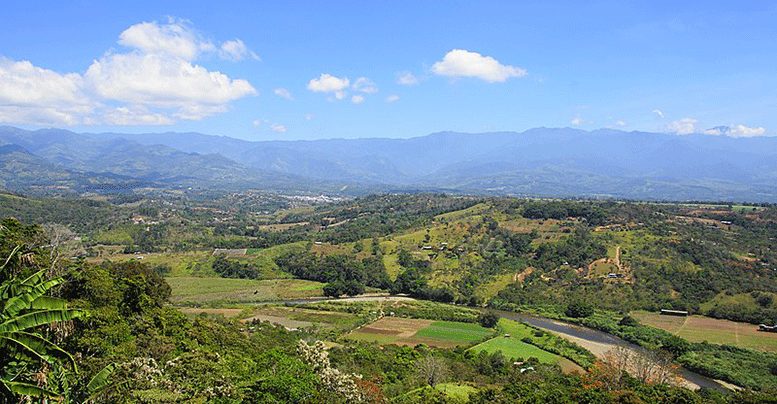Costa Rica is considering hemp farming and processing under a recently proposed bill that would legalize the industry, with oversight by the Central American nation’s agriculture and health agencies. The proposal would also set a framework for marijuana for medicinal and therapeutic applications.
Published in mid-September, the bill recommends putting agriculture, production, industrialization and commercialization of cannabis under the country’s Ministry of Agriculture and Livestock, while permits for research and academic study would be supervised by the Ministry of Health.
Licensing program
Licenses would be granted for development of medicines, cosmetics, essential oils and other products for therapeutic use along with food and industrial applications. The draft law includes a section on crimes, infractions, administrative sanctions and confiscation, as well as a chapter on incentives for producer organizations and small businesses. Domestic production of cannabis for medical and therapeutic purposes would be regulated through a certification program that takes into account a patient’s condition under Ministry of Health guidelines.
Economic driver
Rules governing cannabis licensing, permits, registries, fees, and import and reproduction of seeds are all covered in the draft measure, as is a tracing system that would be established among the Ministry of Health, the Ministry of Agriculture and Livestock and the Costa Rican Institute on Drugs.
The government has underscored potential economic benefits of sector development, which would be supported by 5% of tax collections on cannabis products. The industry would also benefit from the inclusion of cannabis in Discubre (Discovery), a program established last year to support the agriculture and fishing sectors in Costa Rica, and which addresses food security, efficient use of public resources, and sustainable development. The program’s goals are modernization of agriculture through coordination among public entities, with a goal of overcoming inequalities that exist in different areas of the country.
Diversified agriculture
Agriculture makes up about 6.5% of Costa Rica’s GDP, and employs 14% of the country’s labor force. Main exports include bananas, pineapples, coffee, sugar, rice, vegetables, ornamental plants, corn, potatoes and palm oil. Costa Rican farmers and multinational corporations operating in the country operate plantations while indigenous communities survive on subsistence farming.
Individuals may grow marijuana in Costa Rica for personal consumption, but its sale is illegal and can be punished under criminal laws.
Marijuana is grown primarily in Talamanca, in the southeastern province of Limón. But hemp farming will be challenged, as it is in other tropical countries, by Costa Rica’s hot climate and 12 hours of daylight.

